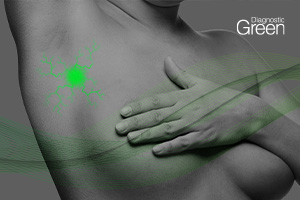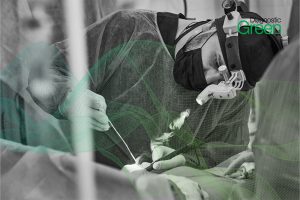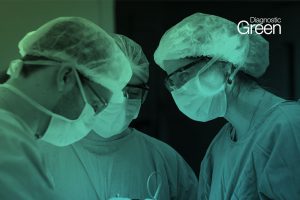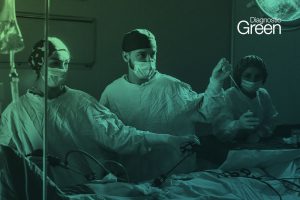Introduction: Indocyanine green fluorescence angiography (ICGFA) is commonly used in colorectal anastomotic practice with limited pre-training. Recent work has shown that there is considerable inconsistency in signal interpretation between surgeons with minimal or no experience versus those consciously invested in mastery of the technique. Here, we deconstruct the fluorescence signal patterns of expert-annotated surgical ICGFA videos to understand better their correlation and combine this with structured interviews to ascertain whether such interpretative capability is conscious or unconscious.
Methods: For fluorescence signal analysis, expert-annotated ICGFA videos (n = 24) were quantitatively interrogated using a boutique intensity tracker (IBM Research) to generate signal time plots. Such fluorescence intensity data were examined for inter-observer correlation (Intraclass Correlation Coefficients, ICC) at specific curve milestones: the maximum fluorescence signal (Fmax), the times to both achieve this maximum (Tmax), as well as half this maximum (T1/2max) and the ratio between these (T1/2/Tmax). Formal tele-interview with contributing experts (n = 6) was conducted with the narrative transcripts being thematically mapped, plotted, and qualitatively analysed.
Results: Correlation by mathematical measures was excellent (ICC0.9-1.0) for Fmax, Tmax, and T1/2max (0.95, 0.938, and 0.925, respectively) and moderate (0.5-0.75) for T1/2/Tmax (0.729). While all experts narrated a deliberate viewing strategy, their specific dynamic signal appreciation differed in the manner of description.
Conclusion: Expert ICGFA users demonstrate high correlation in mathematical measures of their signal interpretation although do so tacitly. Computational quantification of expert behaviour can help develop the necessary lexicon and training sets as well as computer vision methodology to better exploit ICGFA technology.




